One of the deck strategies players can use in Marvel Snap is the bounce mechanic. This involves cards being bounced back to the hand from a location where they are played to activate their effects more than once (if they have On Reveal effects). So far, there are only two ways to bounce cards in Marvel Snap.
Players can only bounce cards from one of the locations to their hand by either taking advantage of the Luke’s Bar location when it appears in a match or using Beast. The latter is the more consistent way, with Beast’s ability that reads “On Reveal: Return your other cards at this location to your hand. They cost 1 less.” Building a deck revolving the bounce strategy can be a fun way of playing Marvel Snap.
Here are the best bounce decks in Marvel Snap.
Best bounce decks in Marvel Snap
Sera Control Bounce
| Korg | Zabu | Angela | Hit-Monkey | Beast | Mysterio |
| Bishop | Enchantress | Rock Slide | Darkhawk | Shang-Chi | Sera |
One of the best ways to use Beast’s bounce mechanic is to include it in a Sera deck. The popular Sera control strategy, where you can do multiple “miracle” plays in turn six to power up some of your other cards, can become more impactful thanks to Beast, especially with the introduction of Hit-Monkey.
Sera is a five-cost, four-Power card that has the ability to reduce the cost of the cards in your hand by one. This effect can pave the way for many options you can do in the late game, assuming you can play it by turn five or earlier. This includes the famous Hit-Monkey/Mysterio play.
Hit-Monkey is a two-cost, zero-Power card with the ability that reads “On Reveal: Gain +2 Power for each other card you played this turn.” Playing it in the early game can grant it at least two Power, assuming you played it alongside at least another card. But if you use Beast to bounce Hit-Monkey, it’ll make the latter a one-cost card. This can give you a chance to use it again in the late game, preferably in turn six to gain more Power from your potential multiple plays by this time.
Mysterio is Hit-Monkey’s best buddy. It is a two-cost, four-Power card that creates two illusions (two-cost, zero-power versions of it) on the locations where it is not originally played. These illusions act as separate cards. This makes Hit-Monkey’s Power higher if you played it alongside Mysterio, giving you an eight-Power Hit-Monkey—assuming you have at least one open space in each location.
You can put more potential cheap-cost targets for Beast in this deck. This includes Iceman, which gives plus one cost to a random card in your opponent’s hand, and Korg, which can give a rock to your opponent’s deck. Zabu is also a good addition since it can lower the cost of your four-cost cards.
As for mid-to-late-game finishers, you can put in Bishop, which gains plus one Power every time you play a card, Enchantress, which disables all the Ongoing abilities of the cards placed on the location where you played it, Darkhawk, which gains plus two Power for each card in your opponent’s deck, Rockslide, which gives two more rocks toy our opponent’s deck, and Shang-Chi, the destroyer of your opponent’s cards with nine or more Power on the location where you played it.
The key to using this deck is to always prioritize playing Sera. It will be your key card to play multiple cards in the late game, which should vary depending on the current situation of the locations during the turn you play Sera.
Win condition cards for this deck
Beast and the rest of its bounce targets (except for Hit-monkey) are more of the tools you need to take advantage of in the early-to-mid-game to unleash your massive plays in the late game. The win condition cards for this deck are:
- Sera
- Hit-Monkey
- Bishop
- Darkhawk
- Rockslide
- Enchantress
- Shang-Chi
Sera is your main key card here. Playing it in turn five will allow you to play multiple cards in the final turn, which can potentially outpower or outplay your opponent.
For the cards that can outpower your opponent, Bishop, Hit-Monkey, Darkhawk, and Rockslide can provide you with solid numbers. The first three can have higher Power depending on your setup, especially in the late game. So, it is best to save up these cards in the mid to late game to prevent destruction, as well as predictability for your opponent to read your deck.
As for control mechanics which can outplay your opponent, Enchantress and Shang-Chi can provide those. Just make sure your opponent is leading by turn five so he or she will have priority in revealing cards. In that way, you can be sure the On Reveal effects of both control cards can work, assuming there is no Cosmo on the location where you will play either of the two.
Related: Marvel Snap On Reveal deck guide for each pool
Junk Bounce
| Korg | Black Widow | Master Mold | Beast | Debrii | Green Goblin |
| Polaris | Carnage | Viper | Mojo | Rockslide | Doctor Octopus |
A less serious but fun and potentially powerful way to use the bounce strategy is to incorporate it into a Junk deck. This engine focuses on filling up your opponent’s locations or hand with cards that are useless most of the time for their side. This way, it can gradually disrupt your opponent’s strategy, which can be converted to offense for your side.
Beast can target a bunch of cards in this deck, which can give junk to your opponent’s side. Aside from the rock-giving duo of Korg and Rockslide, you can put the likes of Black Widow, which puts the Widow’s Bite in your opponent’s hand and can prevent them from drawing cards from their deck unless they play it, Master Mold, which gives two Sentinel clones to your opponent’s hand, and Debrii, which gives a rock to each other location (to both players).
Green Goblin can also be considered a junk since it is a three-cost, negative-three Power card that transfers itself to your opponent’s location upon playing it. Polaris, on the other hand, is a three-cost, five-Power card that moves an opposing 1- or 2-cost card to the location where you played it.
For “cleaning up” the junk on your side, you can play Carnage, which destroys all the cards in the location where you played it. It gains plus two Power for each card destroyed this way. Viper is also useful since it can transfer a random card from one of your locations to your opponent’s side of the location.
And for your Power sources, you can use Mojo, which is a two-cost, two-Power card that gains plus six Power if you and your opponent both have four cards each on one location, and Doctor Octopus, which is a five-cost, 10-Power card that pulls up to four random cards on your opponent’s side of the location where you played it.
The key to using this deck is to fill up your opponent’s locations, hand, and deck with useless cards to disrupt their strategy little by little. Through this, it can be converted to more offensive firepower on your side, especially if you will use Doctor Octopus, Polaris, or Mojo.
Win condition cards for this deck
The deck has no win-defining cards since it will be more of a collaborative effort from your cards to clog your opponent with junk cards. But to name a few cards which should be mostly played in this deck, the win condition cards for this engine are:
- Viper
- Carnage
- Mojo
- Polaris
- Doctor Octopus
- Green Goblin
Viper and Carnage are your cleanup cards, meaning both of these units will most probably stay until the end game. So, it is important to always take advantage of these cards to clean up your own junk, which can translate to outpowering your opponent on the available locations.
Mojo, Polaris, and Doctor Octopus are your main Power sources. They are mostly useful in the late game. And you should remember to give space to playing these cards since they will be providing the Power you will need to win at least two of the locations in the end game.
Green Goblin is also a game-defining card since its negative Power can be converted to give you more Power points. Be wise about playing it since it can be countered by your opponent by simply filling up your target location for that card.
Related: Best Doctor Doom decks in Marvel Snap and how to counter them
Bounce deck staple cards
Here are the staple cards you should play in a bounce deck along with their effects:
- Beast—On Reveal: Return your other cards at this location to your hand. They cost 1 less.
- Korg—On Reveal: Shuffle a rock into your opponent’s deck.
- Rockslide—On Reveal: Shuffle 2 rocks into your opponent’s deck.
How to counter bounce decks
The direct counter to bounce decks is Cosmo. This card can easily shut down Beast’s effect since it is an On Reveal ability. Also, the target cards for Beast’s effect are mostly units with On Reveal effects. So, it is a must to always watch out for Cosmo if you plan to use any of these bounce decks.
Also, lockdown decks can disrupt your strategy to play some of your cards once again after being bounced. Cards like Professor X, Spider-Man, and Storm may prevent you from playing cards in locations.
Bounce decks’ current state in the meta
The Sera control version of the bounce deck plays pretty well in the current meta, especially with the potential massive Power Hit-Monkey and Bishop can have in the late game. The outplay provided by Enchantress and Shang-Chi, as well as the cheap Power boost by Darkhawk all work wonders in the current meta of Marvel Snap.
The Junk bounce deck, on the other hand, is not consistent compared to the Sera bounce deck. Still, it has seen some usage nowadays, especially since it can be a viable counter to decks that swarm the field with multiple cards as their winning condition, such as the Sera and Patriot decks.


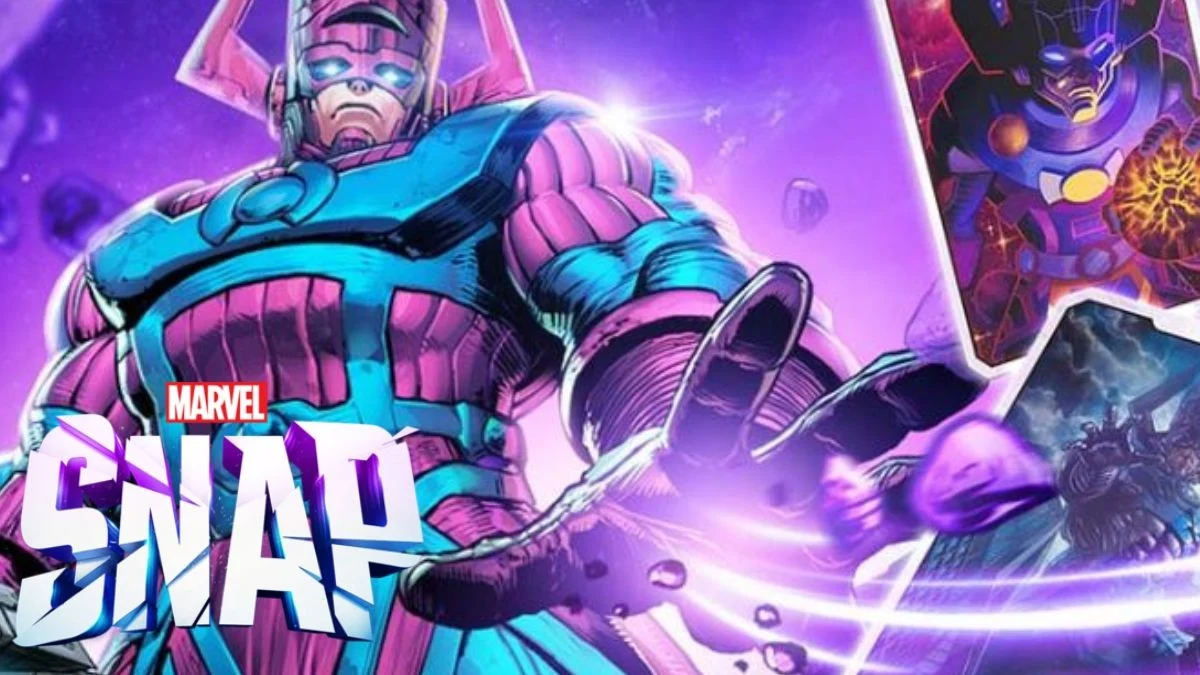
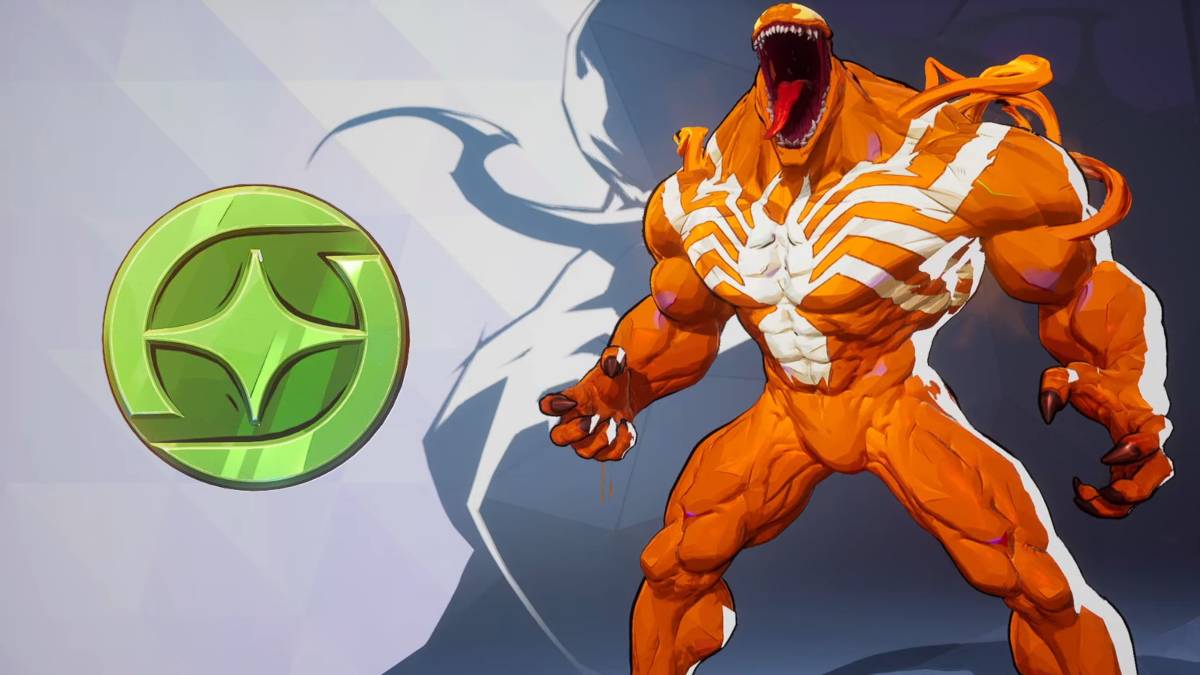
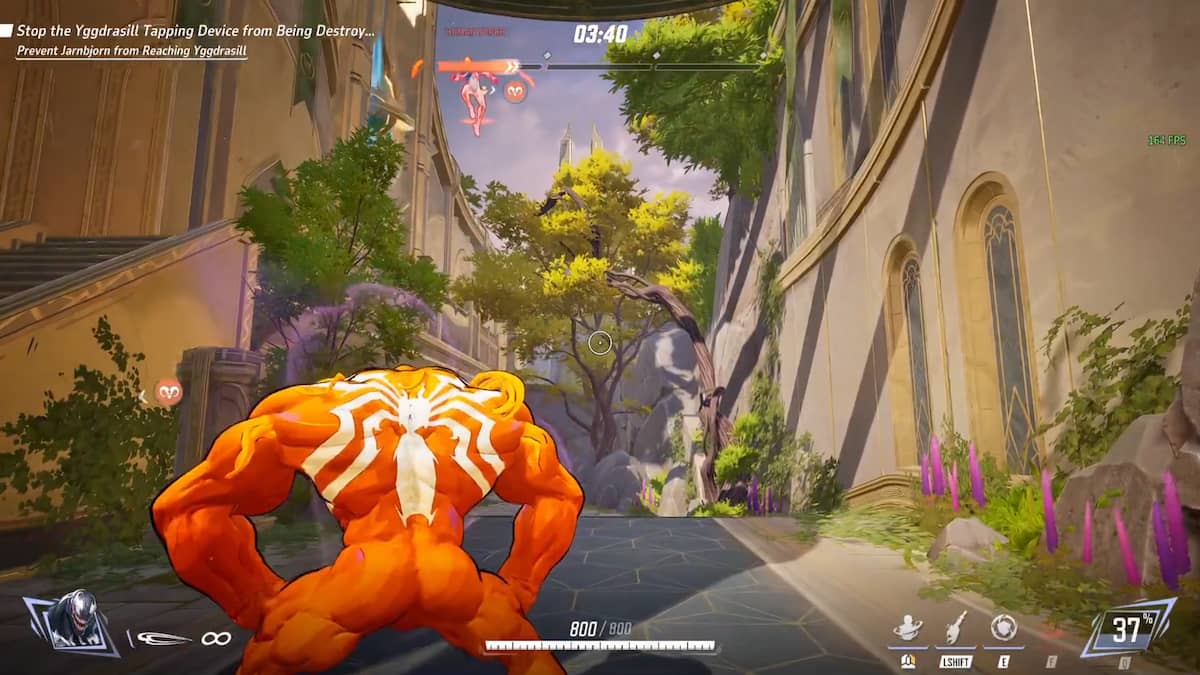
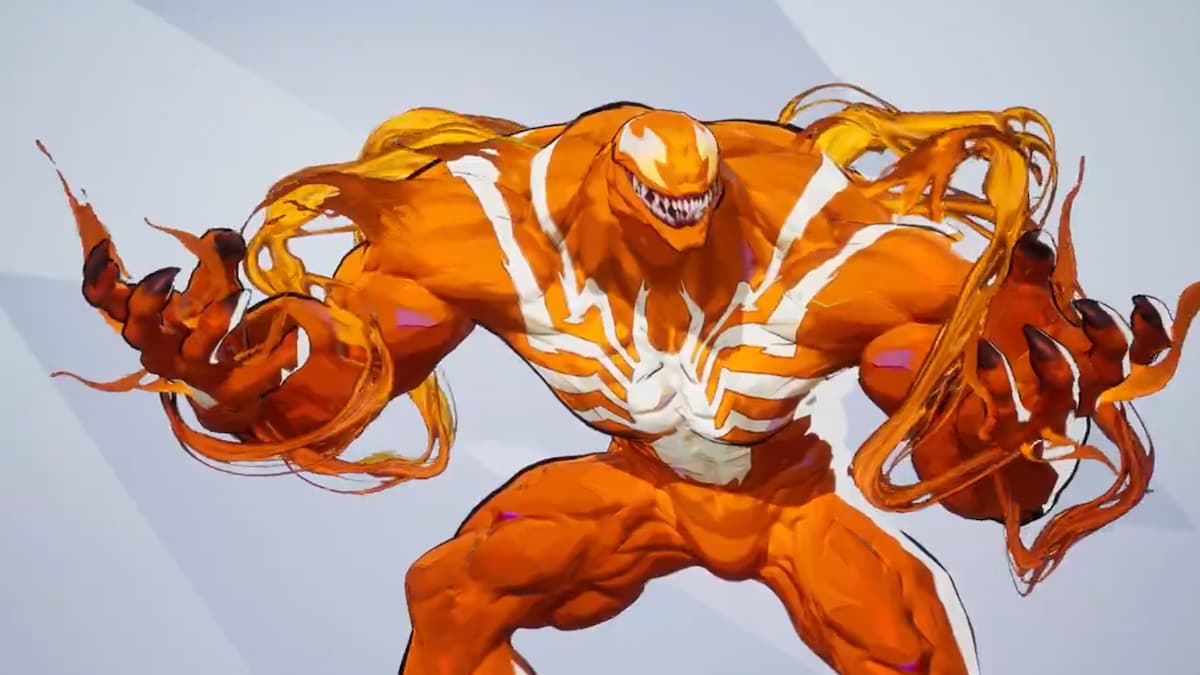
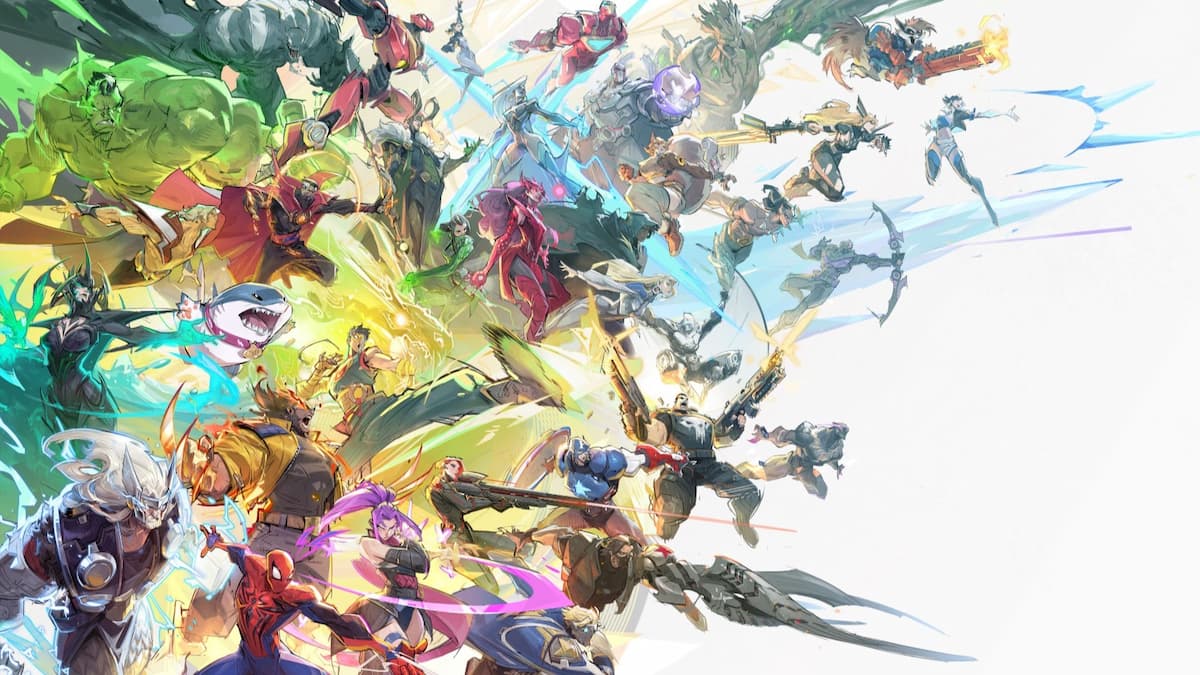
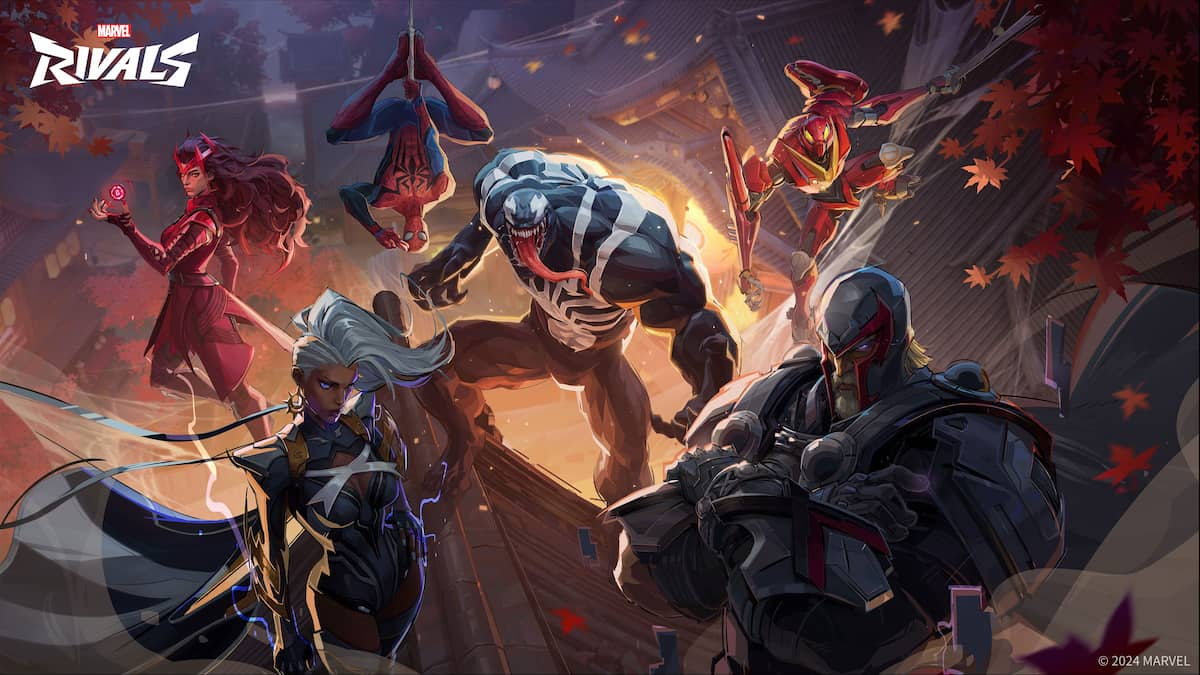
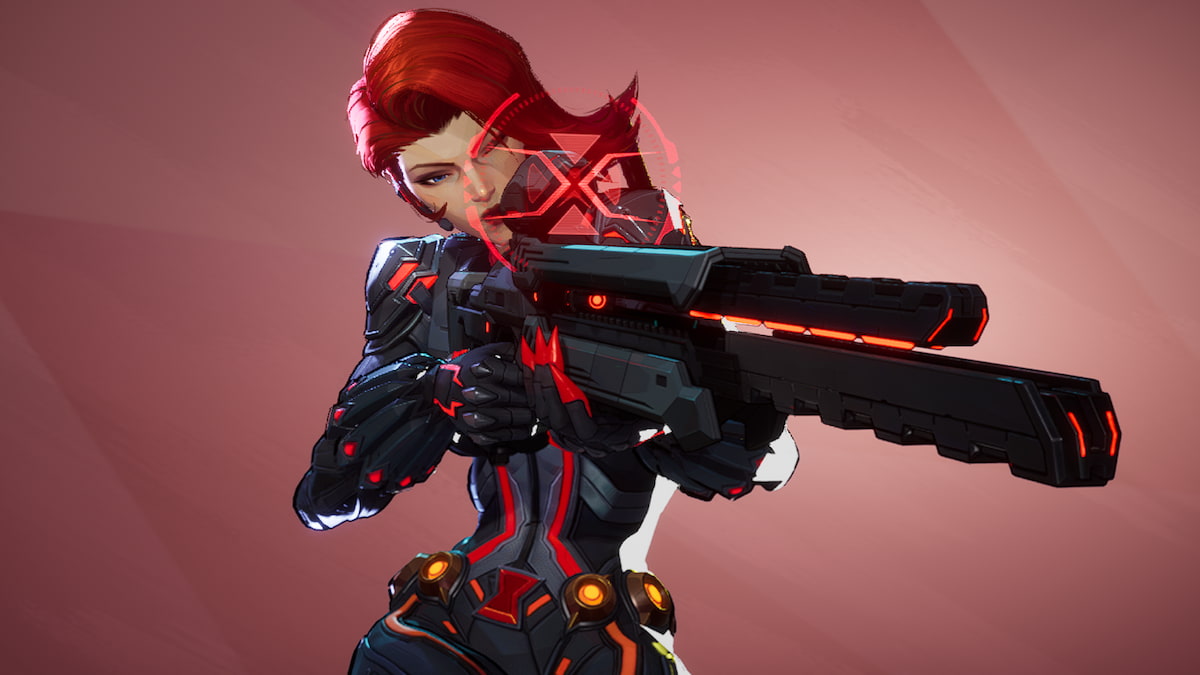
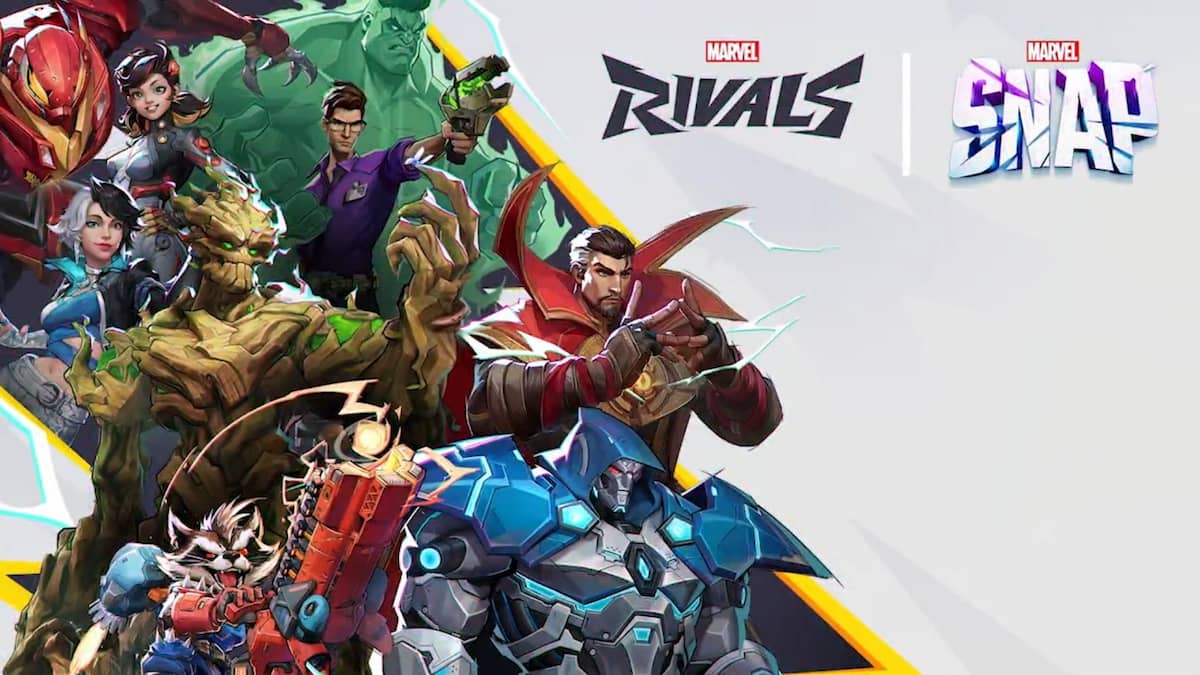
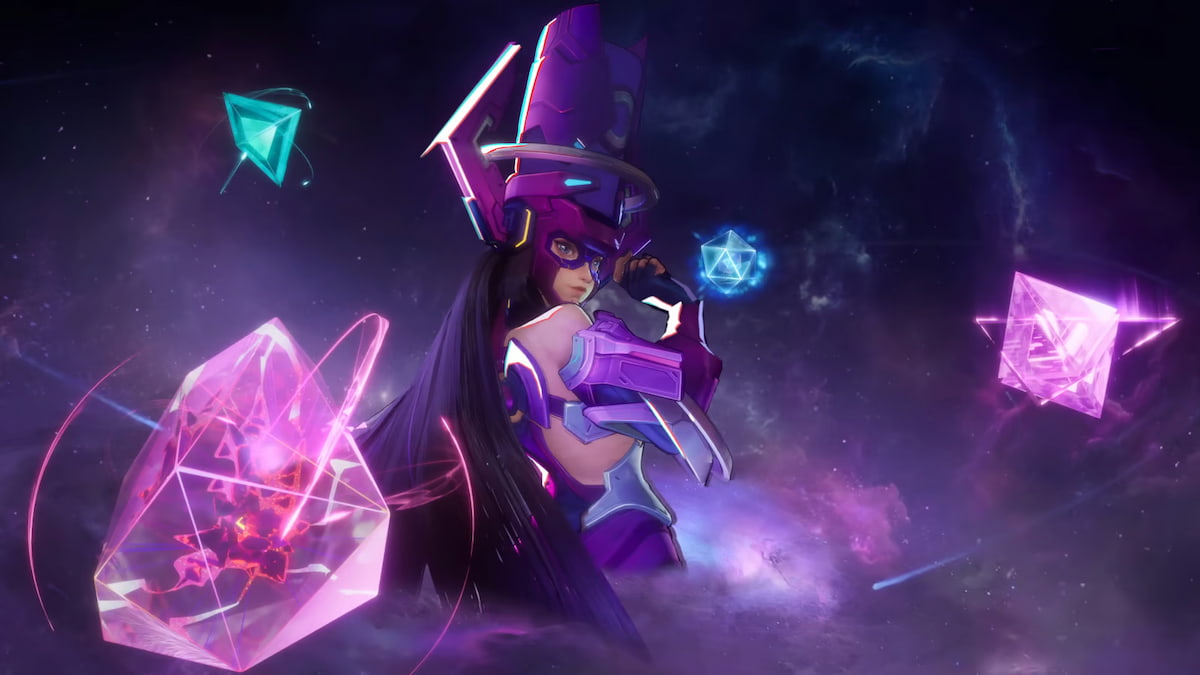
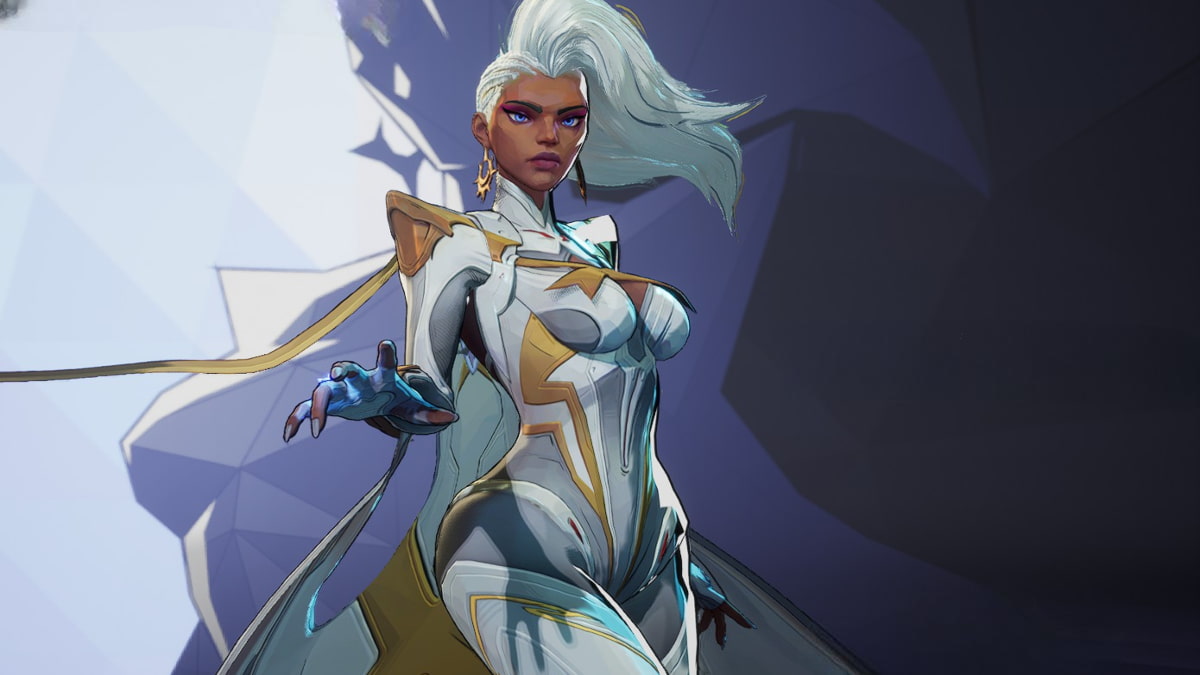
Published: Apr 22, 2023 11:42 am